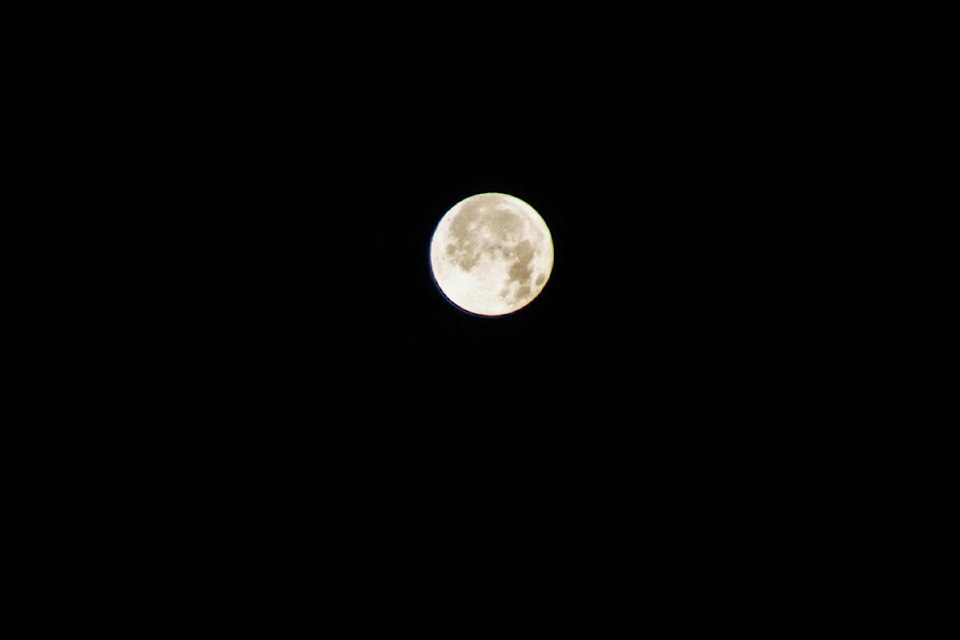The stars and planets have been a source of fascination to mankind since ancient times, a fascination that has carried over to the present day.
Steve Coleopy, founder of the South Cariboo Astronomy Club, has been watching the night sky since he got his first telescope when he was 10.
He said their is a lot of astronomical wonders in the next little while in the South Cariboo skies that can be seen without the aid of a telescope.
In late October there is the Orionid meteor shower. Meteor showers happen when the earth passes through the debris left in the wake of asteroids and comets, in this case, Hailey’s Comet. The shower will peak from Oct. 21-22 between the hours of midnight and dawn.
Next, is the Leonid meteor shower peaking on Nov. 17 and 18, best seen when the sky is darkest.
“There’s no way to determine beforehand how many meteors you’re going to see in an hour but of course, the darker the sky is, the more you’ll see. It very much depends on how many little bits and pieces are flying out there, that the earth is going to run into. So you can have a really good meteor shower or it can be not much. You can go from you know, like two or three meteors an hour to 30 or 40. Just depending on what the conditions are like,” said Coleopy.
The November 8th full moon is called a Beaver moon.
The Farmers Almanac says that First Nations and later European settlers set beaver traps in November to ensure a supply of warm furs for winter which is how it got its name.
‘If you go out between midnight and 4 a.m. there will be a total lunar eclipse on the same night. It is kind of neat to watch if you get out before midnight, you can actually watch the shadow move across the face of the moon,” he said.
Also visible to the naked eye are three planets you can look at and if you have binoculars they’ll show up even better. Jupiter is the brightest, Mars is the next brightest and then Saturn.
Coleopy said if you look towards the east, after sunset, probably one of the brightest objects in the sky will be Jupiter. Looking to the right of Jupiter, it’s a fair distance across looking almost south, is Saturn.
“To the left of Jupiter, again quite a distance, you’ll find Mars and the difference between stars and planets is stars will twinkle, planets are a steady light. Jupiter looks just like a big white light. It actually is very bright. Mars looks more red-orange and it’ll be fairly low on the horizon to the northeast. Saturn will be on its way down towards the horizon on the southeast and looks like a very faint orange colour.”
Coleopy said if you have a decent pair of binoculars you should actually be able to see an enlarged picture of the object that you’re looking at. If you’re looking at Jupiter, you might be able to see four moons and a larger disc and possibly the belts of the gasses or some of the rings of Saturn.
Another difference between planets and stars is when you look at a planet through binoculars or a telescope it actually enlarges the object you are looking at but if you are looking at a star it does not as it is so far away.
fiona.grisswell@100milefreepress.net
Like us on Facebook and follow us on Twitter
